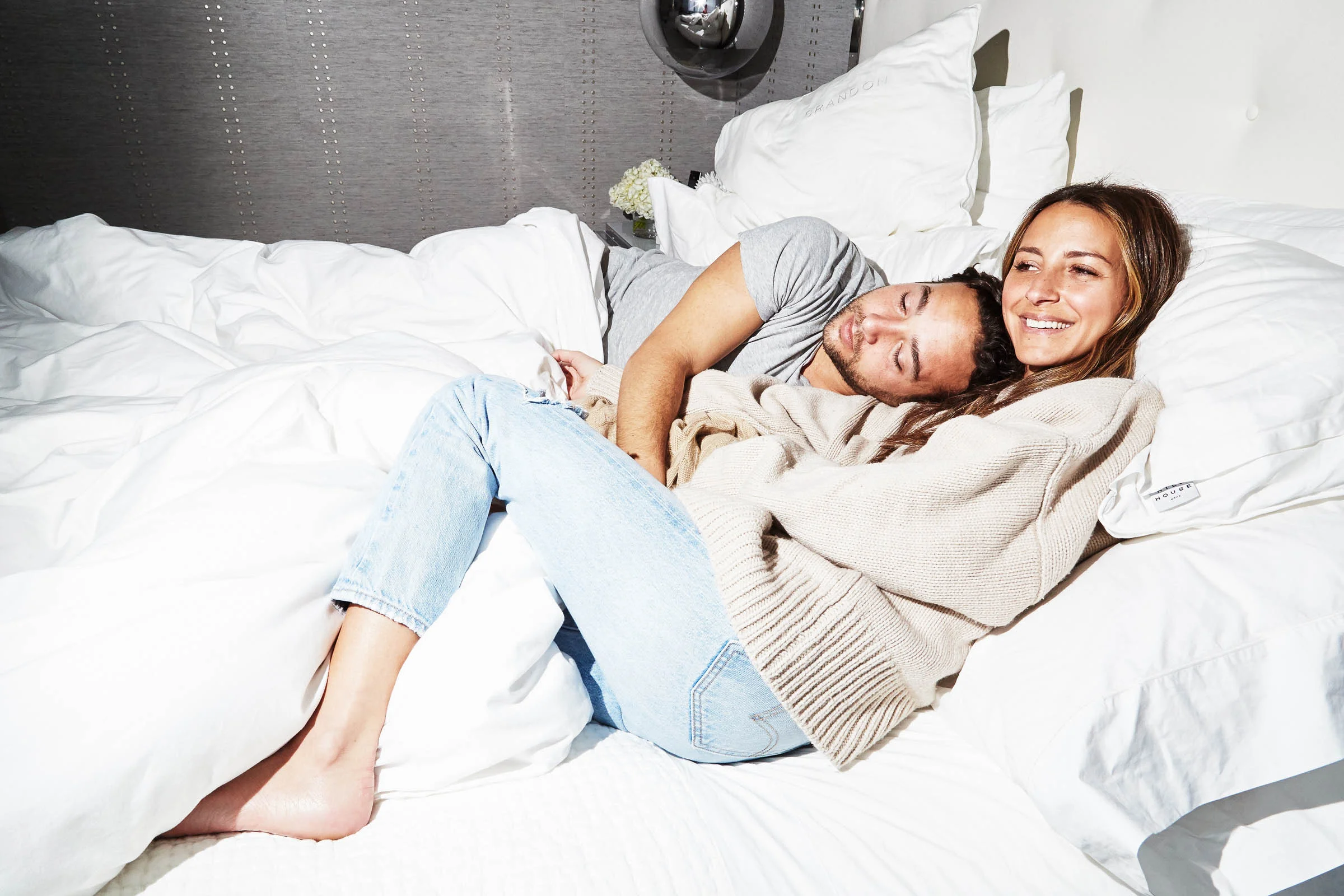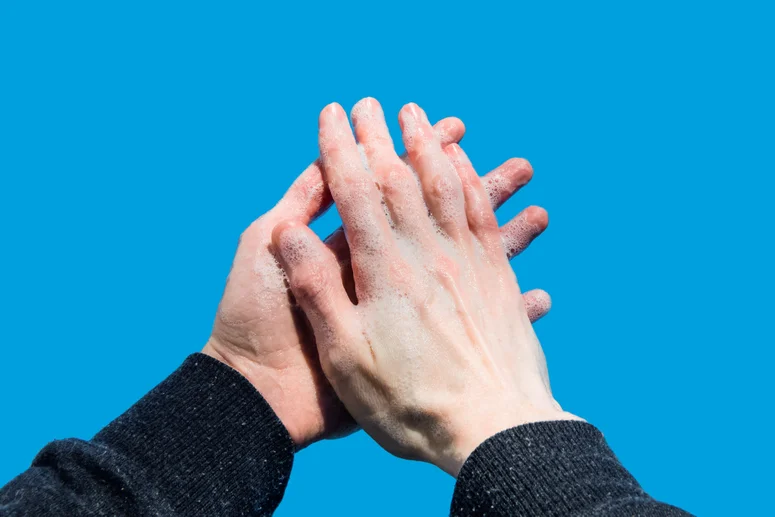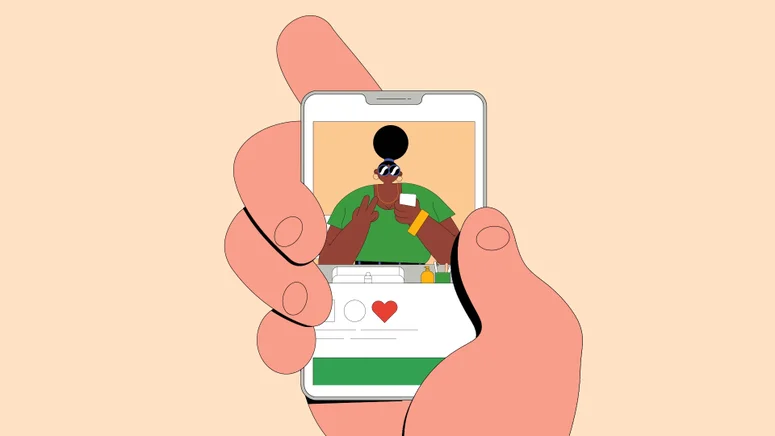Late last week, as the coronavirus continued to claim lives and bring the economy to a near standstill, Justin Blomgren found himself somewhat speechless. Typically, Blomgren—a handsome, stylish San Francisco-based micro-influencer with some 72,000 followers—loves to post pictures of his trips abroad, hard-won abs, and similarly good-looking boyfriend, Harper (32,300 followers). On Friday, he posted a picture of himself standing on a cliff, overlooking the ocean, with the following caption: “Tbh, I’ve sort of run out of things to say … But here’s a photo showing I’m alive and healthy.” Capping the post with a string of playful emojis, Blomgren accidentally captured the weird and transitional place social media influencers currently find themselves in: still needing to “influence,” but running out of valuable advice to share.
In recent years, lifestyle influencers have emerged as a class of their own. Their employment—many would likely call themselves “creators” of “content”—is to build feeds depicting beautiful and carefully curated lives. Their salary is sponsored product deals and brand collaborations. The perks include free trips, designer clothes, invitations to swanky events. All of this, in turn, is fodder for tweets, Instagram posts and stories, and YouTube videos. There has been backlash, of course, against the too-perfect images influencers are accused of creating, but they’ve always bounced back, introducing “authenticity” and more raw imagery. Yet, the fact remains that they have to connect with their followers and be a part of the current zeitgeist. With Covid-19 dominating public life, that’s become harder to do. Travel, parties, and dining are canceled. Campaigns and deals are frozen. Followers, facing mounting uncertainty, are less moved by images of new swag, and anyone posting such things can easily look detached or tone deaf. As the coronavirus spreads, how can influencers stay relevant when the pillars of their industry are upside down? How can they bounce back if they make the wrong move? And ultimately, will anyone care if they don’t?
Influencers are already starting to see how this may play out. Earlier this month, mega-influencer Arielle Charnas found herself facing backlash after it seemed her status helped her get a Covid-19 test. She found her influence further diminished when she and her family left New York City and headed to the Hamptons—a move that upset many exhausted parents at home with their kids. Celebrities, too, are showing how easy it is to make the wrong move; they’ve been under fire since the start for being insensitive, out of touch, and overtly fortunate. At a time when anxiety is peaking, privilege screams louder. “We’re all in this together” is a flawed, loaded statement when some people have access to resources others don’t. Even for influencers who don’t seek out drama, striking the right tone can prove to be extremely difficult. To err on the side of carefulness, many brands that aim to capitalize on influencer power are focusing on “purposeful” messaging and influencers are following suit. “We’re encouraging influencers we work with to step up and have seen them grow up pretty quickly,” says Mary Keane-Dawson, the CEO of Takumi, an influencer marketing agency. For influencers, this means being responsible in what they post, but also not ignoring Covid-19 altogether.
That’s what veteran style influencer Krystal Bick has been striving for. Based in New York City, the coronavirus epicenter, she’s been staying inside and posting photographs taken in her stairway. “The situation has definitely made me more pensive about the tone I want to strike, writing and rewriting captions and posts,” Bick says. “Yes, I create beautiful images but they go along with how I was feeling that day, and how I’m processing the situation. Hopefully, that provides a sense of relatability.” In addition to her feelings, Bick has been providing her followers with information about donating funds, coping, and behaving safely.
In San Francisco, Zornitsa Shahanska, an influencer who posts breathtaking photos combining fashion and travel under the handle @zorymory, is in a similar situation. “In the travel sector the future seems uncertain,” she says. “All of our trips and contracts got canceled or postponed indefinitely.” Since Covid-19 started, she’s been focusing on her daily life, posting stories to Instagram from her kitchen and on short walks. “I don’t want to be not relevant and just keep posting beautiful photos, and I struggle with the captions,” she says. “I try to bring a piece of the now, to not be in a bubble.”



